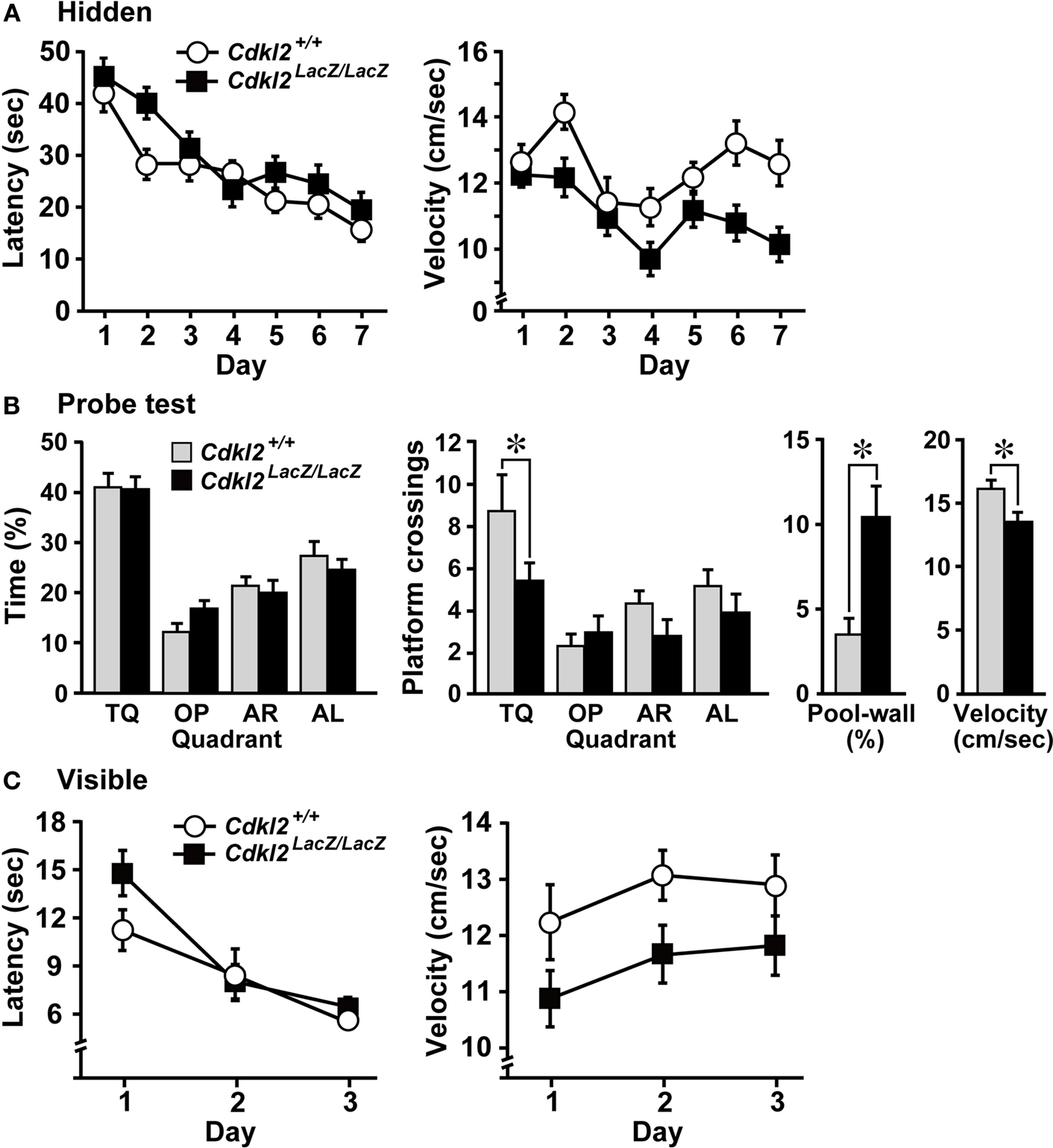

To detect the effects of experimental manipulations on visuo-spatial learning and memory in the Barnes maze. Given that variations in apparatus design can affect visuo-spatial cue use in mice, they should also influence the sensitivity Wall around the edge, reduced distal cue use and impaired visuo-spatial memory in mice ( O'Leary et al. 2009 Wahlsten 2011) and we have found that modifications to the Barnes maze design, such as decreasing the diameter of the maze and adding a 2004 Wenk 2004 Crusio and Schwegler 2005 Van Dam et al. 1993 Crusio 1999 Levin 2001 Iivonen et al. In apparatus design and test procedure have been found to influence learning and memory performance ( Morris 1984 Gallagher et al.

In other tests of visuo-spatial learning and memory, such as the Morris water maze (MWM) and eight-arm radial maze, variations

Modified from the original design validated for rats ( Bach et al. In using the Barnes maze to test mice, however, the apparatus design and test procedures have often been Motivated to escape the bright lights and the open-space of the platform, rats search for an escape hole that leads toĪ dark box beneath the maze and, with training, they learn to use distal visual cues to determine the spatial location of The Barnes maze is a test of visuo-spatial learning and memory, originally designed for rats, which consists of an elevatedĬircular platform with 18 holes located around the edge ( Barnes 1979). Of the Barnes maze to detect visuo-spatial learning and memory impairments in mice. That both apparatus design and the behavioral measures used as indicators of learning and memory can influence the ability Measures of memory had similar levels of sensitivity on each maze. Measures based on locating the escape hole (primary measures) were more sensitive than measures based on entering Errors, distance traveled, and hole deviation scores were more sensitive measures of learning than latency to find theĮscape hole. The least sensitive for determining visuo-spatial learning and memory, because mice showed little evidence of extra-maze cue A maze design with a small diameter, surrounding wall, and intra-maze visual cues was Maze design with a large diameter and no wall was optimal, because mice showed a reliable use of extra-maze visual cues, visuo-spatial With a stable or random escape hole location and the sensitivities (statistical power) of four commonly used measures of learningĪnd three measures of memory to detect differences between these training procedures were compared on each maze design. Male and female C57BL/6J mice were trained The present experiment extends these findings by determining the optimal behavioral measures and test procedure forĪnalyzing visuo-spatial learning and memory in three different Barnes maze designs.

We have previously shown that apparatus design can affect visual–spatial cue use and memory performance of mice on the Barnes


 0 kommentar(er)
0 kommentar(er)
